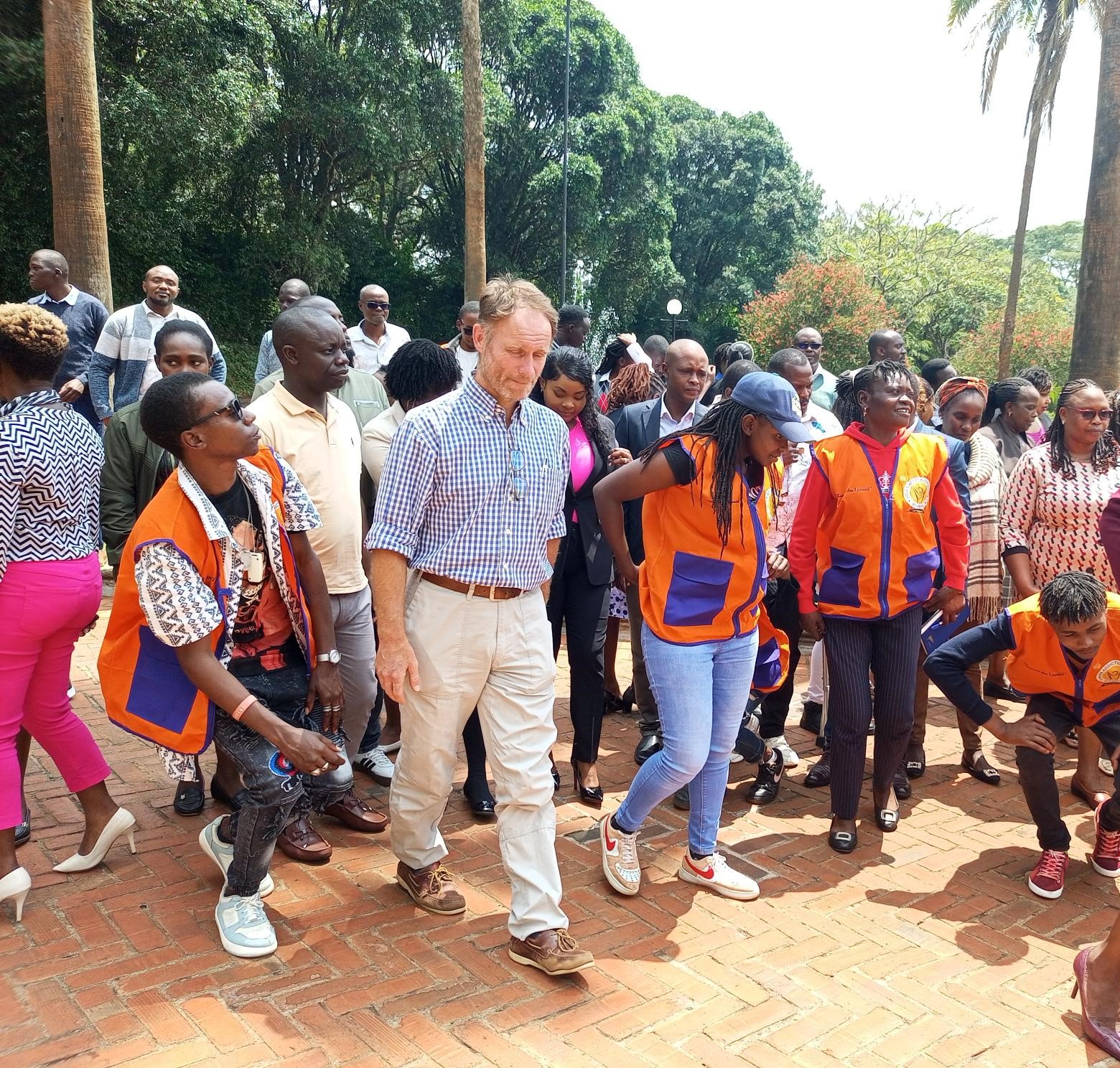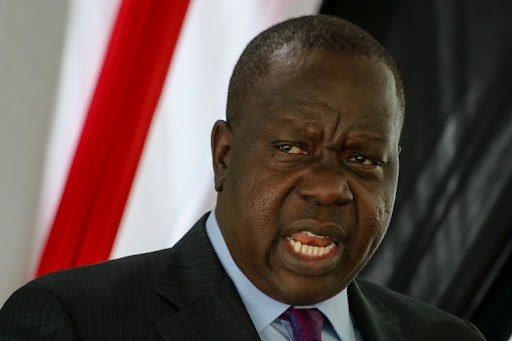
More than 1,619 recovering addicts have benefitted from a rehabilitation programme run by Médecins Sans Frontières in Kiambu county.
The programme, which started in 2019, was ran by the NGO in partnership with the county government, National Aids and STI Control Programme, LVCT Health and Kenya Prison Services before it was handed over to the county government last year.
The project was designed to provide a holistic service model that integrated medical, psychological and social support to those struggling with drug addiction.
It ran three medically assisted therapy clinics (Mat), achieving an adjusted retention rate of 69 per cent, with 81.5 per cent of the beneficiaries being newly inducted while 18.5 per cent being transfer-ins, with a median age of 28 years. Most of them were predominantly male.
Among the patients, 1.3 per cent had HIV, 0.2 per cent had hepatitis B, hepatitis C (2.9 per cent) and tuberculosis (2.5 per cent).
A report released by country director Jean de Cambry said heroin is the drug of choice for most addicts in the county at 97 per cent with those who prefer to smoke it standing at 87 per cent while injectors are 3.7 per cent and 14.7 per cent combine smoking and injecting.
“The objective of the Kiambu project was to reduce mortality associated with illicit opioid drug use. It aimed to increase clients’ access to adequate health services and increase different models of care and innovative treatment for opioid substitution therapy,” the report said.
Globally, there are more than 296 million drug users, 69 million of whom use opioids. Injecting drug use contributes to about 10 per cent of new HIV infections and 39.4 per cent of Hepatitis C, and was blamed for over 70 per cent of drug-related deaths in 2019 attributed to opioid overdoses.
The World Health Organization advocates for comprehensive care to reduce harm associated with drug use, including combating transmission of STIs and opioid overdoses.
Locally, drug use, especially opioids, has been a major concern since the 1990s, and in 2013, there was a total of 18,327 people who inject drugs (PWID) and by 2021, 26,673 Kenyans were reported to use opiates.
“Despite harm reduction programmes, including needle and syringe programmes and MAT clinics, PWIDs continue to face logistical barriers to healthcare access, stigma and legal constraints”.
Before the project was initiated, morbidity rates were high due to delayed treatment access in case of drug overdose, mob justice, STIs and TB as addicts grappled with social stigma and lack of access to treatment.
It was preceded by an assessment conducted in 2017 across harm reduction implementers in Nairobi and the coastal region that indicated that the country had only five PEPFAR funded clinics, two in Nairobi and three in Mombasa that used methadone to wean users off drugs.
It also revealed an urgent need for opioids substitution therapy, management of viral Hepatitis C, nutrition and hygiene support, TB management, mental health treatment and psyco-social support among others.
The first MAT clinic was opened in Karuri Level 4 hospital in September 2019 and rapidly developed a cohort of 924 individuals, with many initially transferring from other sites.
Two other clinics were opened in Ruiru and Thika prisons in 2022 and 2023.
About 20 per cent of the addicts enrolled in the three MAT clinics were found to be suffering from severe or moderate malnutrition, attributed mainly to heroin use which suppresses appetite and makes individuals to prioritise drugs over food.
Chronic opioid use also exacerbates gastrointestinal issues and mental health conditions, further affecting nutrition and the patients were counseled and provided with fortified porridge.
“Kiambu People Who Use Drugs (PWUD) project is therefore a story of adaptations, innovation and dedication to improving healthcare access. The insights gained from this project will serve as a valuable resource for stakeholders, policymakers and healthcare providers looking to replicate or improve similar programmes."
Before the Kiambu PWUD project, accessing MAT services in the county was a major challenge. PWUD faced significant barriers, including the absence of MAT clinics, social stigma, and logistical obstacles.
“The Kiambu PWUD project transformed the delivery of MAT services by addressing the complex needs of the target population. By integrating medical and mental health, nutritional needs and social services under one roof, the project simplified access and reduced stigma for PWUD,” the report read.
Peer educators played a pivotal role in the success of the project, providing health education, supporting treatment adherence, and bridging the gap between the healthcare system and the PWUD community, ensuring continuity of care.
The beneficiaries were also assisted to form a Community Based Organisation which strengthened advocacy efforts and ensured that peer engagement continued beyond the project’s initial phases.
Cambry said MSF has also engaged in fighting other health issues such as the current cholera outbreak in Nairobi with two centres set up in Mbagathi and Mama Lucy hospitals.
It has also undertaken a measles vaccination in Laisamis, Marsabit county, helped manage communicable diseases in Homa Bay and helped fight sexual violence and drug addiction among adolescents in Daadab.
Kiambu county director of health services Hillary Kagwa said the report provided a way of ensuring the programme is sustained by highlighting the milestones and challenges faced.
“The 50 health workers who were working under the project have been absorbed by the county government to help run the program and are offering methadone free of charge with the support of and NASCOP and LVTC health”.











